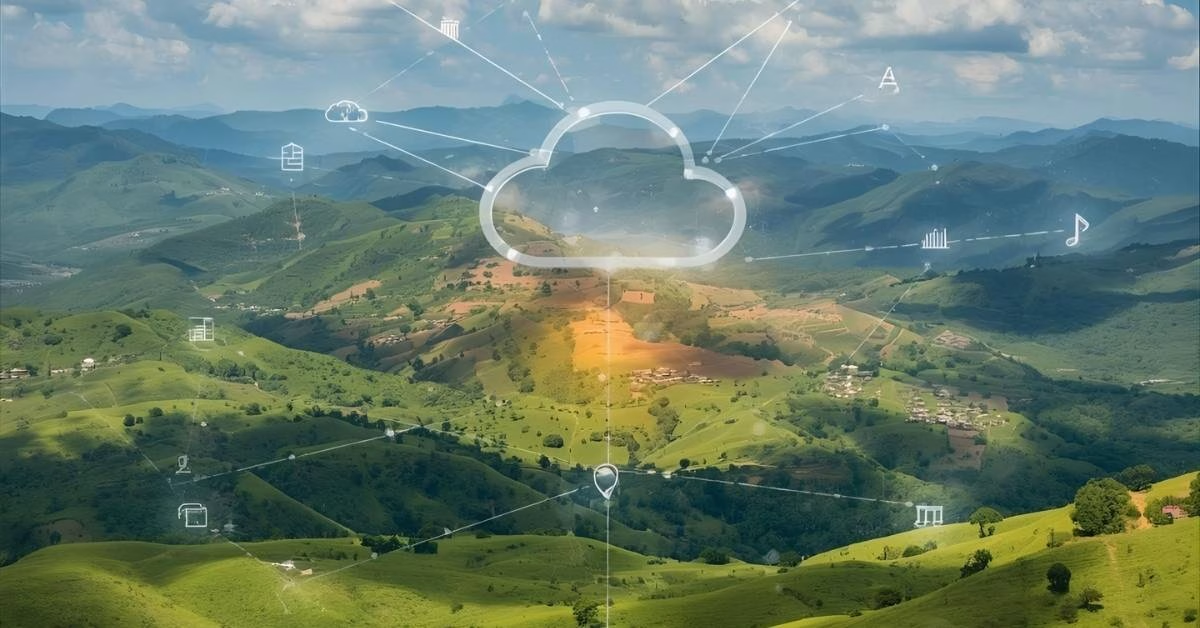Wastewater, both blackwater (toilet and kitchen sink) and greywater (hand basin, laundry and bath) is 99% water. Traditional wastewater treatment works (WWTW) dispose treated effluent to water courses (rivers and the sea) as wasted water whilst upstream applications such as flushing toilets and irrigation still use potable water. The same rivers form part of the raw water sources where water is drawn from for purification to produce potable water.
According to the 2017 UN World Water Development Report, Wastewater: The Untapped Resource. “On average, high-income countries treat about 70% of the municipal and industrial wastewater they generate. That ratio drops to 38% in upper middle-income countries and to 28% in lower middle-income countries. In low-income countries, only 8% undergoes treatment of any kind. These estimates support the often-cited approximation that, globally, over 80% of all wastewater is discharged without treatment.”
World Bank ranks South Africa as the upper middle-income country. Therefore, on average only 38% of wastewater is treated in South Africa and the 62% balance is discharged untreated or partially treated to rivers or to the sea. This results in contamination of our water sources; Vaal River is one of the examples. In July 2017 Mail & Guardian ran a story “50 000 litres of sewage flow into SA’s rivers every second” where it says approximately 60 out of 864 (only 7%) wastewater treatment plants work effectively in South Africa.
On the other hand, South Africa is currently facing water scarcity challenges where some parts of the country have no water at all. This calls for all of us to think about water differently and save water wherever we can, reusing wastewater is the most sustainable and affordable way of saving water. During the drought in Cape Town there were talks to even consider desalination plants, desalination is an extremely expensive technology and it cannot be used at the same time where wastewater is being disposed and wastewater reuse levels are very low. We need to start with reusing wastewater optimally and only as a last resort consider expensive technologies such as desalination.
On water and sanitation, The Sustainable Infrastructure Development Symposium South Africa (SIDSSA) held on 23 June 2020 says, “A concerted and focussed effort is required from both the public and private sector to achieve a water secure South Africa”. This is one of those efforts.
Schools sanitation is also a challenge, according to the Water Research Commission “National Education Infrastructure Management System (NEIMS) report for January 2018 indicates that 8 702 schools countrywide have pit latrines, which are ‘not allowed at schools’ according to the Norms and Standards for School Infrastructure regulations, published in November 2013. Although most of these schools have other types of toilets too, 1 426 of the Eastern Cape’s 5 393 schools have only pit latrines (37 are reported to have no sanitation facilities at all), and a similar situation exists in KwaZulu-Natal.”
A division of Ben Peta Investment Holdings (Pty) Ltd. Reg. No. 2017/340936/07
South Africa is the 39th driest country in the world, out of 182 countries. With the current rainfall patterns, where there is no adequate replenishment of groundwater even boreholes can run dry.
Our Sustainable Wastewater Solution recovers the 99% water in wastewater that is currently being disposed, prevents contamination of water resources by untreated wastewater, provides much needed sanitation in our schools and saves potable water. The saved potable water can be channelled to areas where it is much needed.
Ben Peta Green Materials supplies onsite wastewater treatment plants to produce non-potable water (“green water”) for reuse, we are part of a network that has built more than 250 of these plants in 9 countries in Africa since 2010. In our view disposal of wastewater is a wasted resource and a missed opportunity to preserve our freshwater resources.
THE WASTEWATER TREATMENT PLANT (WWTP)
The technology is a USA technology, the Clarus Fusion® Wastewater Treatment Plant. Most components of this plant are manufactured in Vanrhynsdorp, outside Cape Town South Africa and only the ‘IP part’ of the technology and the media inside the vessel is imported.
Thousands different sized units are manufactured and installed globally every year. 273 installations have been done in 9 countries in Africa since 2010 through our local supplier Maskam Water, with the majority being in South Africa. Clarus and Maskam Water give technical support from design stages right through to the installation and for the lifespan of the plant.
Clarus Fusion has the following features:
• Clarus Fusion is a factory-built activated sludge wastewater treatment plant. It follows the exact same treatment process as the municipal activated sludge plants, including denitrification and phosphates reduction. It is NOT a typical package plant.
• It is easy to install, easy to maintain and can be retrofitted into existing sewer infrastructure.
• It is low on operating cost (in most cases less than 10% energy use compared to other WWTP’s available). Only requires an air-pump to operate, which is the only piece of equipment that requires power, hence the low running cost (reducing carbon footprint). Due to this feature, solar connection to the plant is feasible because of small solar infrastructure required.
• Low noise factor – the air pump’s noise output is low.
• All the treatment happens in a single compartmented vessel.
• Quality of the effluent conforms to Department of Water and Sanitation minimum discharge standards.
• Can withstand low flows (even no flows) and peak flows.
• It is modular, treatment capacity can be increased by adding more modules, thus no redesign of the entire plant infrastructure is required if treatment capacity needs to be increased.
• Treatment capacity can be decreased by removing modules and reuse these modules at other sites, should there be a need for this (for example, construction sites).
• Maintenance is done every six months and takes one hour per module. There is no shutdown of the plant required during maintenance.
Typical infrastructure required for the wastewater treatment plant, depending on site conditions and what is available is:
• A pre-screen to assure that inorganic waste (rags, plastic bags, non-degradable materials, etc) do not enter the WWTP
• Grease trap – a suitably sized grease trap for the kitchen wastewater (non-domestic) to ensure that fats, oils and greases, that prohibits the workings of the plant, are removed.
• A splitter – to split the wastewater equally when multiple units are required.
• Disinfection of treated effluent
• Storage – usually underground by means of gravity on the smaller plants. Bigger plants do require more engineering as the storage capacity increase.
Optional and site-specific elements that may be required:
• Lifting pump stations – this is required when the underground infrastructure is not conducive for gravity feed into the WWTP. If the invert level of the sewer line at point of entry into the WWTP is more than 600mm, then a lifting pump station will be required. A lifting pump station will also be required if storage of the treated effluent is at a higher level.
• Further conditioning of treated effluent – it is always advisable to keep treated effluent aerobic. There are different options, dependant on the type of storage.
Available sizes and plant capacity calculation
Clarus Fusion is a modular system that comes in different modular sizes that can treat wastewater from one household up to treating wastewater for a community or business premises. The biggest size we have is ZF4000, which can treat up to 15 000L per day of both black and greywater combined. When more than 15KL of wastewater is generated per day a series of these units is installed in parallel to create the required treatment capacity. Installation can either be centralised or decentralised.
Table 1: Available plant sizes, treatment capacity, footprint and power consumption
The plants are compact they do not take a lot of space and are installed underground.
Plant capacity calculation is based on volume and organic strength of wastewater generated per day. Wastewater from a domestic environment will have a lower organic strength than that from a commercial environment, such as schools or office parks because of the high amount of greywater (laundry and bath) availability at homes.











